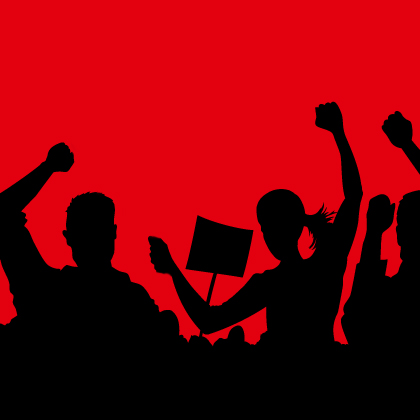
Crises present companies with a tangle of challenges, from who to notify, to what to say, to how to resolve the issues that led to the crisis. However, when push comes to shove, all those challenges boil down to two – the threat of legal exposure and the threat of reputational damage.
For that reason, many crises play out in two courts: the trial court and the court of public opinion. A loss in either can lead to lower revenues, damaged reputation and fewer customers. And a victory in one isn’t always a win in the other.
Consider the case of the lost finger. In the mid-2000s, Wendy’s was accused of serving a severed finger in its chili. The person who made the false claim was later arrested and sentenced to prison. Still, Wendy’s reported a 2.5 percent drop in same store sales that quarter – a clear reputational hit.
The Wendy’s case, and others like it, illustrate the stakes for companies dealing with a crisis. Because of the high stakes, competing approaches by the legal and public relations teams can result in tensions, with attorneys focused on legal risk and communicators focused on reputation.
And yet, in our experience, there is amazing potential for good outcomes when both teams move in sync. When lawyers and PR pros start from a position of mutual respect and common goals, the outcome is almost always better than when each acts alone.
In fact, the goals of both teams are very similar. They both seek to protect their clients’ interests, put them in the best possible light and minimize risk. The key to meeting those goals often starts with a decision by the CEO concerning who he or she wants in the battle.
It’s important for CEOs to choose legal and PR teams with a history of working across the professional aisle on difficult issues or crises. Teams that are used to working in concert for the good of the client recognize that the other team is an expert in its field and best equipped to analyze the situation from that perspective.
Because different objectives often drive each team, CEOs also need to engage those for whom clear communication is a priority. Clear and continuous communication, and clearly defined roles and expectations from the outset, are the best ways to avoid tension between the legal and PR teams.
The most difficult decision for the CEO is often whose advice to take if there is a difference of opinion. Sometimes public comment will seem wise from a reputational perspective, but the legal team will see a clear risk of liability. Good legal and PR teams will make the CEO’s job easier by clearly explaining the pros and cons of conflicting approaches and by providing clear options.
Some of the most rewarding client engagements for us have been those in which we worked hand in hand with legal counsel for a common client. When both teams respect the importance of both the trial court and the court of public opinion, the client is more likely to win in each.
